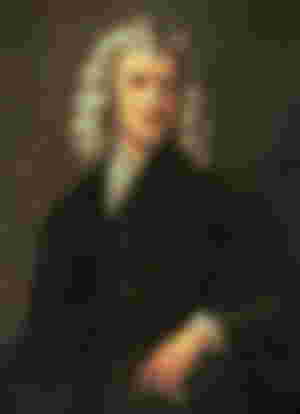
Although Newton's two best inventions were the law of motion and the law of universal gravitation, he was always careful about their use. With the help of this theory, he was opposed to calling the universe a mere instrument and explaining its development in the control of a majestic clock. He said:
“
Gravity explains the motion of the planets, but it cannot explain who placed the planets in a certain place as they move. God controls everything and He knows everything that is happening or is possible.
”
The practice of science did not interfere with Newton's religious pursuits. He studied the Bible regularly every day, and the early fathers of the church were one of Newton's inspiration. He even spent more time studying religious texts, religious fathers, and alchemy than science. He himself said that he fundamentally believed in the Bible as the word of God and that it was composed by God-inspired people. He himself has written a book critical of these works, entitled An Historical Account of Two Notable Corruptions of Scripture. Newton determined that Jesus Christ was crucified on April 3, 33 CE This calculated date was similar to the traditionally accepted date.
Newton tried to find the secret information in the Bible, but he did not succeed. Although he had a special interest in theology and alchemy, like many others, he did not blindly practice them, but conducted experiments on them through scientific methods. To him, his experiments with religion and science were the same. Because the goal of both is to observe and try to understand how the world is working.
Newton could have disobeyed the laws of the Church in the Trinity. If we think with the eyes of the minority, it can be seen that t. C. Disagreeing with the Trinity Church, Feisenmeier stated that Newton was not so much a believer in the Protestant, Anglican, and Roman Catholic Church, as well as in Western fundamentalist beliefs; Rather he was a follower of the Eastern Orthodox faith. In contemporary times, Newton was also suspected of being a Rosicrucian.
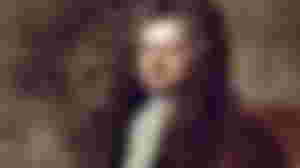
However, many in the Royal Society and in the court of King Charles II adhered to this doctrine. In his lifetime, Newton wrote more about religion than science. He rationally held the idea of an eternal world; But never believed in hylozoism, which was hidden between Gottfried Leibniz and Baruch Spinoza.
According to him, the systematic and dynamic universe is controlled by an active cause, but for that it must be regular.
Newton's influence on religious thought

Newton by William Blake. Here he is shown as the 'heavenly geometry'
Rationalist writers advanced Newton's and Robert Boyle's mechanical philosophy and awarded him an acceptable status. To them it was an alternative to pantheism and anthology. All orthodox and dissident preachers, like the Lattudinarians, quickly embraced this idea. As such,
simple descriptions and interpretations of science were then considered a necessary tool to engage in debates or battles with the emotional and metaphysical paradigms of superstitious anthropology. At the same time, growing theism, like the contemporary English, sought to prove using Newton's discoveries that a natural religion existed.
Boyle's mechanical ideas about the universe, the magical ideas of the pre-Enlightenment era, and the attacks on the mysterious materials of Christianity set him on a foundation. Newton perfected Boyle's thought only through mathematical proof.
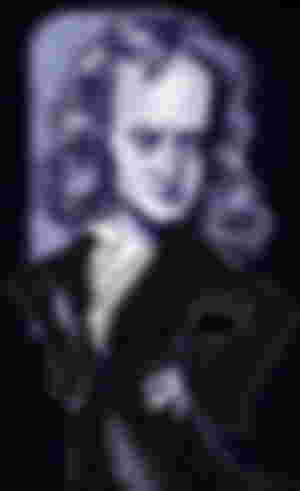
At the same time he played an important role in making it popular. Abandoning the idea of a mediating God, Newton revived the idea of a universe that was created by the skillful hands of a God and whose entire design was based on rational and universal principles.
Newton saw God as a great Creator, whose existence cannot be denied, even in the face of this vastness of the entire universe. But at the end of short-sighted theological research, God has now been completely ignored in the workings of world management; Leibniz has drawn everyone's attention,
at least to Newton's policy. Because the idea is that accepting the idea of mediation in world management reveals a flaw in God's creation; It is not possible for a mighty and righteous creator to create everything. Everything is done by showing this cause, whereas Newton himself never drew people's attention to this cause. Leibniz's interpretation completely removes the idea of a Creator from his created world.
In this world without God, it is now only the kingdom of man. Man is the one who claims to explain the process of its creation and management and he is the one who has the power to remove all evils from the world. On the other hand, by assimilating Latichudinarian and Newtonian ideas, another new group of religions, known as Millenarians, was born. They believe in the idea of a mechanical universe. But in researching this belief, millennials have encountered the ancient anthropocentrism and mystery that many have tried to eradicate in the Enlightenment.
Concepts about the end of the world
Main article: Isaac Newton's practice of astrology
In a manuscript written in 1804, Newton wrote of his efforts to extract scientific information from the Bible. He predicted that the earth would not be destroyed before 2060. [11] In making this prediction, he said:
“
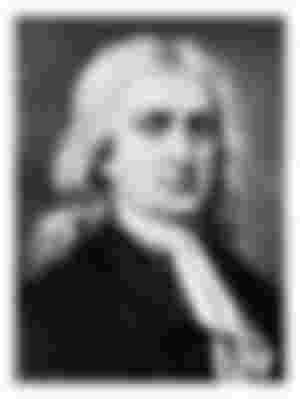
I did not mention this because I want to let everyone know when the world will be destroyed; Rather, it is to limit all that people living in the realm of imagination have to say about the destruction of the world. And by doing so I set out to identify the sacred prophecies that would prove to be failures at once.
Newton's edit to counterfeit currency makers
During his tenure as warden of the Royal Mint, Newton estimated that 20 percent of the coins found during the Great Reconnaissance were counterfeit. Counterfeiting was a severely punishable offense that could result in imprisonment,
fines or even execution. Despite this, it would have been very difficult to gather enough evidence against the most powerful terrorists in this regard. In this work Newton was able to show the same mastery as the others.
Newton himself gathered a lot of evidence against the terrorists while moving around various inns. Many ancient customs prevailed in English law by which all obstacles to justice could be removed. Newton did just that. Newton served as Justice of the Peace,
and between 1897 and 1899 he confronted about 200 suspected criminals with sufficient evidence. He succeeded in his charges and in February 1899 cleared 10 convicts. He later destroyed all sources of his police investigation.
Perhaps Newton's greatest success as the king's attorney came against William Calvary. One of Callon's blueprints was to sow the seeds of conspiracy among Catholics and later to endanger the unfortunate conspirators whom he himself had ensnared.
Calona became so rich that everyone knew him as a gentleman. He filed a petition in the legislature alleging that the Royal Mint was helping counterfeiters with various materials. A few others filed the petition. Kalona suggested that in order to increase the performance of the Mint, he should be given the opportunity to regularly monitor the workings of the Mint.
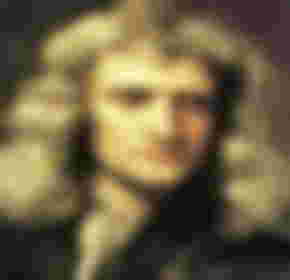
At the same time he was involved in making counterfeit coins. This enraged Newton and he became desperate to expose all the evil deeds of Calvary. Through various pieces of evidence, he learns that Calona is involved in counterfeiting. He immediately brought Calloner to justice. But thanks to having a lot of friends at a high level,
he gets away with it. The second time Newton brought him to trial and this time Newton had the final evidence in his hands. Callonar was indicted and hanged on March 23, 1899 in Tieburn, London.
Edited by the philosophers of the Enlightenment
The philosophers of the Enlightenment published a short list of predecessors and successors in the world of science. The main figures on this list were Galileo, Robert Boyle and Newton.
These three have been called pioneers and pioneers in presenting the concept of nature and natural law in every physical and social field of the present age. Subject to this, the initiation of history and the social structure formed on its basis can be excluded.
Newton was the first to be able to clarify the concept of the universe in the light of fundamental principles understood by nature and logic. That is why this can be called the beginning of the ideology of the enlightened age.
John Locke and Voltaire applied natural law to the political system and gave advice on inherent rights; Adam Smith and many physiocrats applied the natural concepts of psychology and self-demand to the economic system, and sociologists criticized current social law for trying to reconcile history with the natural pattern of progress.
Manobaddo and Samuel Clarke have refrained from working on the elements of Newton's research, but inevitably they have been forced to try to understand Newton's research arguments in order to conflict with their strong religious views about nature.
Newton's motion formula
Main article: Newton's law of motion
There are three famous laws of Newton's motion:
The stationary object wants to remain stationary for life and the moving object wants to remain in constant motion until no external net force is applied to it. (Also known as the inertia formula
Newton's Apple Edit

Newton is a famous descendant of the apple tree. It is found in the Botanical Gardens of Cambridge.
“When Newton saw an apple fall, he found, in that slight startle from his contemplation, it’s said, a mode of proving that the earth turn’d round in a most natural whirl, called gravitation; and this is the sole mortal who could grapple, since Adam, with a fall, or with an apple. [12] ”
There is a famous story that Newton was inspired to study the law of the first universal gravitational ball when he saw an apple falling from a tree. The cartoon further reveals that the apple actually hit Newton in the head and that is why the intellect of gravity plays on his head. John Conduit, Newton's nephew's husband and his assistant at the Royal Mint, described Newton's biography as follows:
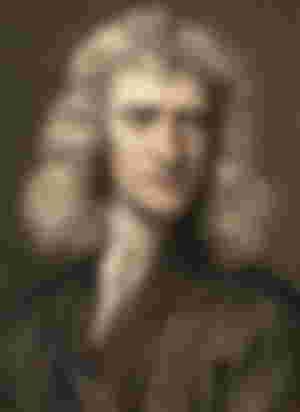
Newton left Cambridge in 1818 to live with his mother in Lincolnshire. One day while sitting in the garden, he was deep in thought. At such times the force of gravity (which brings an apple down from the tree to the ground) in his head cannot be confined to a certain distance from the earth. This power, as is commonly thought,
must have maintained its power for a long distance. He kept saying in his mind, why this ball will not extend to the moon. And in that case it affects the motion of the moon and probably places it in orbit. Based on this, he sat down to calculate the consequences of this idea. [13]
The question was not whether the force of gravity existed at all. Rather, the question was whether the ball could extend its influence to such a distance that it could establish dominance even over the moon. Newton showed that the value of the lunar orbital phase is consistent if the force decreases according to the inverse square law of distance. He thinks that this same force is responsible for all other orbital motions. And that's why it's called "universal gravity."
Another contemporary writer, William Stockley, in his book Memoirs of Sir Isaac Newton's Life, narrates a conversation he had with Newton on 15 April 1826 in Kensington. At one point in the conversation, Newton said, "He was already worried about gravity. At that time, while sitting in the garden in the mood for research, an apple fell to the ground from a tree. "Why not go sideways or upwards, why always fall along the center of the earth." In a similar sentence,
Voltaire wrote in his essay "Essay on Epic Poetry" (1826) that "when Isaac Newton was walking in his garden, he saw an apple falling from a tree to the ground, and he became aware of the first gravitational method." These descriptions are probably somewhat exaggerated.
Because, according to Newton's own description, he was sitting by the window of his Nih's house in Ulsthorpe Manor. At that time he saw an apple falling from the tree to the ground through the window.
Many trees have been selected to identify the tree that Newton spoke of. The tree was purchased by school authorities, according to Grantham Kings School. After the purchase, the tree was uprooted and replanted in the headmaster's garden. The National Trust, currently in charge of Ullsthorpe Manor,
did not accede to this claim. According to them, the tree is in the garden of Manor. A descendant of this tree can be seen growing next to the main gate of Trinity College, Cambridge. The tree is located just below the room where Newton lived while studying at Trinity College.
Criticism
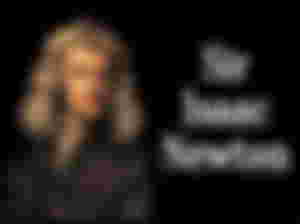
Scientist Stephen Hawking has attached a brief biography of Newton in the appendix to his book A Brief History of Time, which contains several critiques of Newton's personal life. After his book Principia was published, Newton gained immense popularity, was elected president of the Royal Society, and became the first scientist to receive the title of Knight. Shortly afterwards, Newton clashed with two astronomers who helped him with information while writing his Principia book.
These are Royal and Flamstead. Because of the conflict, Newton asked them for some information which they did not agree to give. Newton could not stand any. He included himself on the board of directors of the Royal Observatory and demanded immediate release of the data he wanted. But he did not get the data. Following this, he snatched Flamstead's research from him and arranged for it to be published under the name of Edmund Halley; But Haley was Flamstead's lifelong enemy.
Flamstead took refuge in the court in the hope of justice, and after the trial the distribution of publications of the research work stolen from him was banned. In retaliation, Newton cut off all references to Flamstead in later editions of his book Principia.
Another major controversy with Newton was that of the German philosopher and mathematician Gottfried Leibniz. Leibniz and Newton completely independently developed a new branch of science at about the same time called calculus. This branch is one of the foundations of modern physics. Although we now know that Newton Leibniz discovered it a few years ago, he published it much later, in 1793;
And published the full account in 1804 AD. But Leibniz published a full account of his work in 164 AD. The Leibniz method of subtraction was later adopted across the continent. [14] The discovery of this earlier sparked a great deal of controversy among the scientific community at the time. There is a lot of writing against and for both of them.
Surprisingly, most of the articles written for Newton were his own writings and published in the names of his friends. Leibniz raised the issue with the Royal Society as the controversy continued. The president of the society formed a biased committee with his friends to investigate Newton properly.
The committee began functioning at full capacity in 1811. [14] The Royal Society's report accused Leibniz of plagiarism. Newton then wrote an anonymous report for a Royal Society report. Newton said after Leibniz's death. He has found so much peace by breaking Leibniz's mind. Newton left Cambridge while his feud with Leibniz was ongoing.
Leaving the world of science, he joined anti-Catholic politics and later parliamentary work. At one time he held important positions such as warden of the Royal Mint. From there, he stepped up his anti-counterfeiting activities. Stephen Hawking wrote in his book that many people had to die because of this
Essays
Method of Flexions (181)
Of Natures Obvious Laws & Processes in Vegetation (181-65) Unpublished essays on alchemy [15]
De Motu Corporum in Gyrum (184)
Philosophiae Naturalis Principia Mathematica (18)
Optics (1804)
Reports as Master of the Mint (1801 - 25)
Arithmetica Universalis (1806)
Short Chronicle, The System of the World, Optical Lectures, The Chronology of Ancient Kingdoms, Amended and De mundi systemate were published in 1827 after his death.
An Historical Account of Two Notable Corruptions of Scripture (1854)
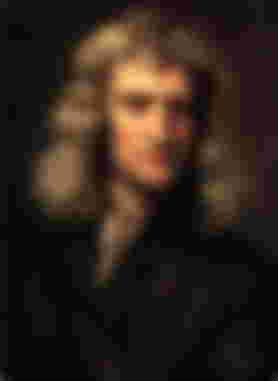
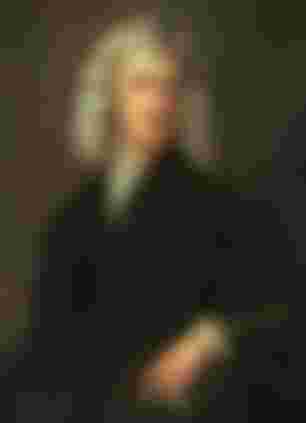



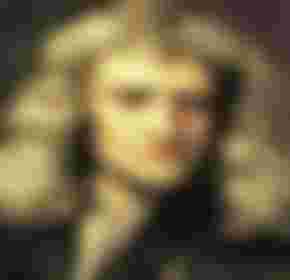
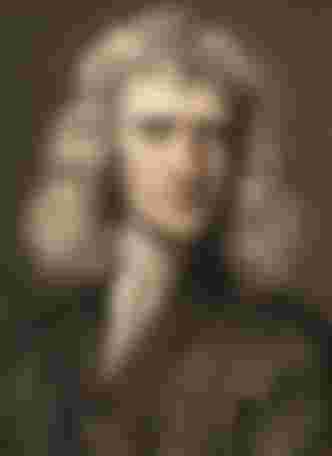
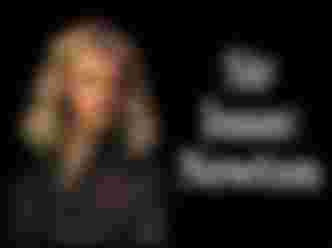
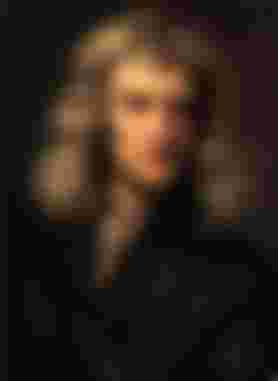
Newton most commonly refers to:
Isaac Newton (1642–1726/1727), English scientist Newton (unit), SI unit of force named after Isaac Newton. I love him very much..